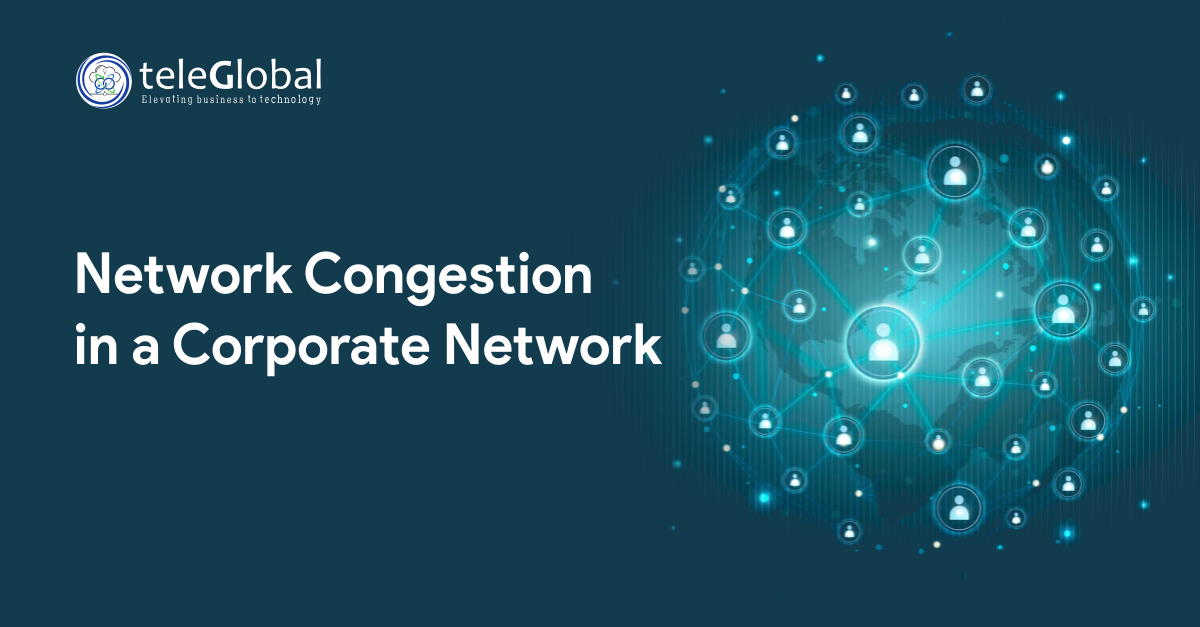
Background:
Imagine a medium-sized company with a local area network (LAN) connecting various departments. The company relies heavily on network communication for daily operations, including file sharing, video conferencing, and accessing centralized databases. Recently, employees have been experiencing slow network performance and intermittent connection issues.
Problem Description:
Users in different departments have reported delays in accessing shared files and experiencing poor video conferencing quality. Some employees also face difficulties connecting to the company’s internal servers. We haveinvestigated the issue and identified network congestion as a probable cause.
Root Cause Analysis:
Upon analyzing network traffic patterns, we observed a significant increase in data transfer within the LAN during peak hours. The network infrastructure, which was initially designed to handle the company’s data flow, is struggling to accommodate the increased demand. The primary factors contributing to network congestion are identified as follows:
Increased Data Traffic: The company’s growth has led to a substantial increase in data traffic, exceeding the capacity of the existing network infrastructure.
Inefficient Network Design: The initial network design did not adequately consider the potential for future expansion and increased data usage. Insufficient bandwidth and network resources contribute to congestion.
Lack of Traffic Prioritization:Network devices treat all types of traffic equally, leading to bottlenecks during high-demand periods. Critical applications, such as video conferencing and database access, are not given priority.
Resolution Plan:
Wehave developed a comprehensive resolution plan to address the network congestion issue:
Upgrade Network Infrastructure:
Increase overall bandwidth by upgrading network switches and routers.
Implement Gigabit Ethernet or higher-speed connections to handle the increased data flow.
Traffic Prioritization:
Implement Quality of Service (QoS) policies to prioritize critical applications over less time-sensitive traffic.
Ensure that real-time applications like video conferencing receive sufficient bandwidth to maintain high-quality communication.
User Education:
Educate employees about efficient use of network resources.Encourage the use of local caching for frequently accessed files to reduce unnecessary network requests.
Scalability Planning:
Develop a long-term plan for network scalability, considering the company’s projected growth.
Regularly review and update the network infrastructure to accommodate evolving business needs.
Implementation and Results:
We have implementedthe proposed changes in a phased approach to minimize disruptions. As the upgraded infrastructure and optimization measures take effect, users notice significant improvements in network performance. The resolution plan successfully addresses the network congestion issue, ensuring a more reliable and efficient network for the company.
Conclusion:
This case study highlights the importance of proactive network management, scalability planning, and the need to adapt network infrastructure to evolving business requirements. Addressing network congestion involves a combination of technological upgrades, traffic prioritization, and ongoing monitoring to maintainoptimal performance.








































